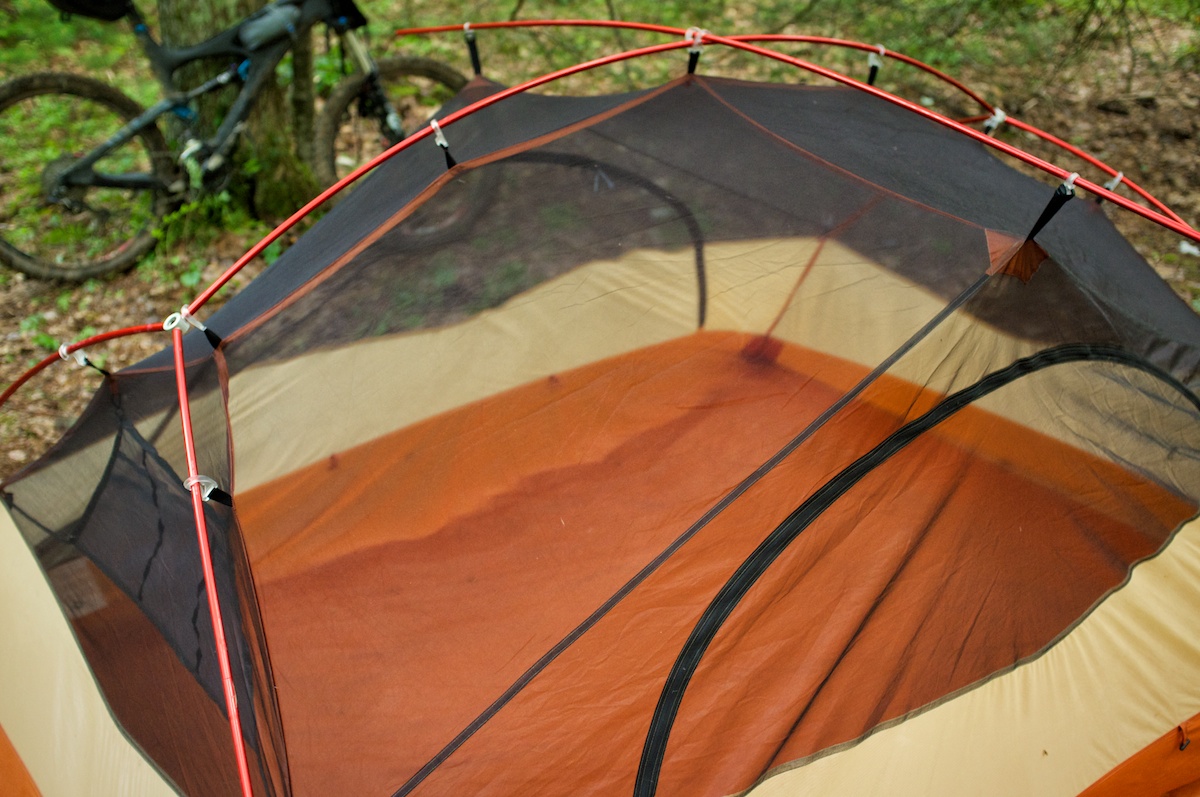Trading Space for Comfort: Gear for a Semi-Minimalist Bike Tour
Space (and weight) versus comfort is a tricky (and expensive) battle that we cyclocampers fight regularly. Tents, sleeping bags and pads make up the majority of heft and bulk that has to be packed and stowed. In an effort to go as ultralight as possible for an upcoming trip, with minimal luggage, I put together a kit using The Mother of Comfort.
PUBLISHED Oct 24, 2013
There are many forms of cycle touring that differ by the type of luggage used, nature of the terrain covered and the amount of gear carried. On our last tour we were ‘fully loaded’ with four panniers per bike, and then some. While we were still able to push these weighty rigs through some mountain biking style routes, we decided to make our next tour more about ride and route quality than quantity. In December we depart on a trip through South and eastern Africa, and our plan is to bikepack with as little gear as possible, light enough to have fun exploring some off-road routes, but still have the gear to camp comfortably. Because we’ll be covering a lot of ground, we also intend to skip some of the big monotonous stretches by relying on a few rides as well as a train or two. This mountain-hitchbiking method of touring requires careful consideration of gear and luggage. Space is key for a bikepacking setup, as well as ease of public transport, and sleeping gear is always the capacity hog. In a previous post I mentioned sleeping pad options for bike touring; we’ll both be taking the Big Agnes Q-Core Superlight pads stowed in fork-mounted cages to cut down the bulk in our saddlebags. Through trial and review we’ve settled on tents and sleeping bags as well; here’s what I’ve found:
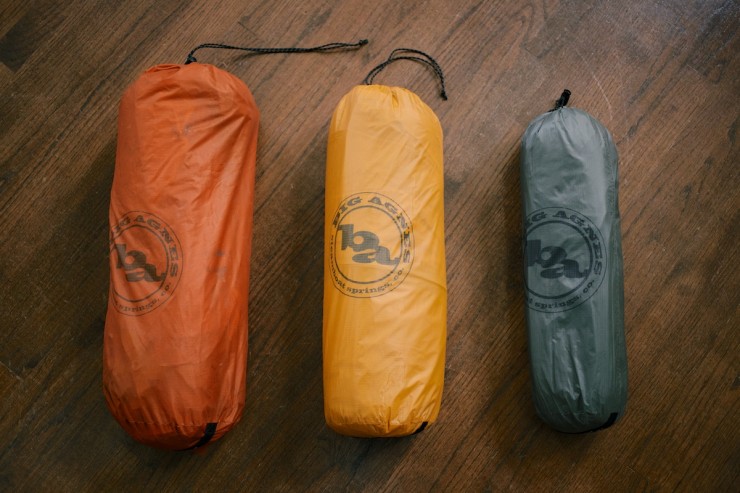
Tents for Bike Touring, Bikepacking and In Between
For two people traveling over several months, a solid and spacious tent is a must. There are couples that tour and get by with two-man tents, but in my opinion, a two-person tent is really a one-person tent. This is especially obvious when attempting to stow gear inside. Not to mention if it is 90 plus degrees outside, close quarters are none to pleasant. Here are my comparisons and contrasts regarding three tents, as well as the reasoning for choosing the one that’s going with us:
Big Agnes Copper Spur UL3 – Perfect Tent for a Big, Loaded Bike Tour
2,128 grams or 4.69 lbs / 7″ x 22″ packed / 44 sq ft interior / 9 sq ft vestibule
The Copper Spur is a fairly popular option amongst bike tourists, because of its large floor plan within a fairly lightweight package. It is, in fact, the most spacious three-person option within Big Agnes’ ultralight and superlight lines. The most pleasant feature, that makes it perfect for a couple, is the fact that each person can lay claim to their own door and vestibule. When folks are traveling together for an extended period of time, it’s nice to retain some personal space.
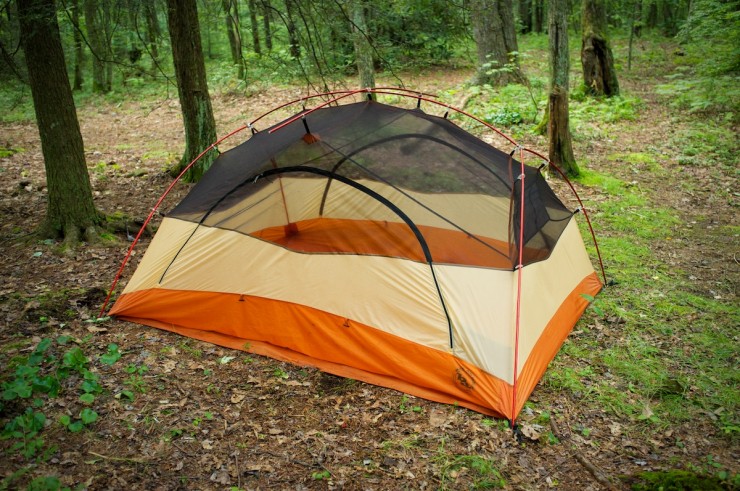
Although the Copper Spur is made from thin and ultralight materials, it proved to be very tough on our tour of Mexico and Central America. However, we decided not to bring it on our upcoming trip for the sake of packing space. I plan to carry a tent, or at least part of it, within the long flap of a saddle bag, and the Copper Spur UL3 is just too bulky.

Another small con worth mentioning about this tent is that it’s fairly difficult to maneuver in and out of it’s shallow doors and encumbering vestibules. But, that’s camping, and that’s just one of those sacrifices you make for the weight savings. It’s perfect for a fully loaded tour and served us well in Mexico and Central America.

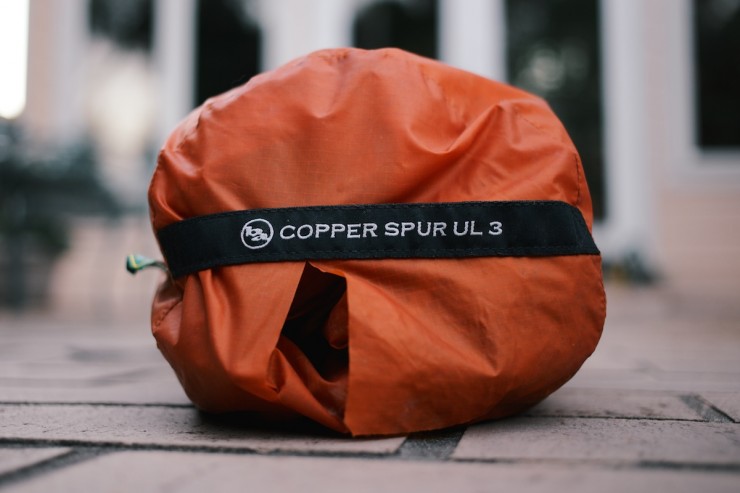
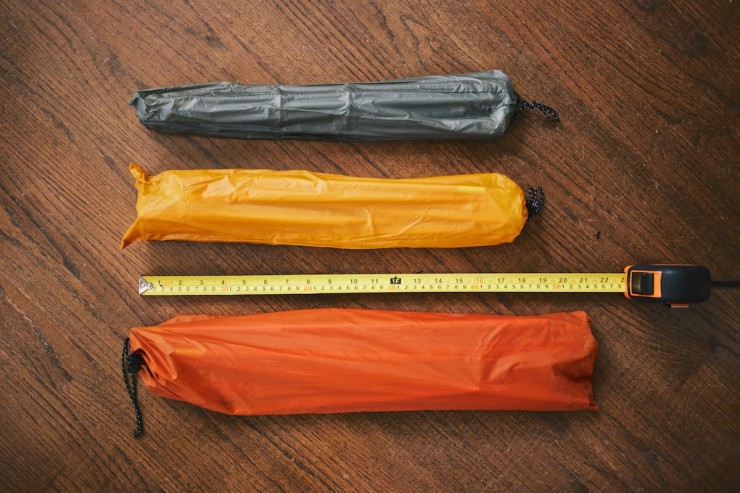
Big Agnes Fly Creek UL3 – Solid Tent for Lightweight Adventure Cycling
1662 grams or 3.66 lbs / 6″ x 19″ packed / 39 sq ft interior / 12.5 sq ft vestibule
I was torn between the Fly Creek UL3 and the Slater UL2+, but after erecting them both and wallowing around in their not-so-vast chambers, this is the one. The UL3 has a nice long and spacious layout, but it’s shining star are the steep sidewalls and front door. The Fly Creek also has a larger vestibule that the two on the Copper Spur combined.

One thing that immediately impressed me was the inner clip system that attaches to the rain fly, then allows it to be pulled and staked to create a perfect space between the fly and the tent body. One issue I found with the Copper Spur was that it was rather difficult to get it set up perfectly taught; on several rainy occasions the fly brushed the tent mesh causing water to wick inside. I don’t think that will be a problem with the Fly Creek.

Another plus to note is that the rain fly is a neutral color that will blend in with the surroundings when wild camping. There are a view pieces of orange trim, but it’s not nearly as loud as the Slater.



Big Agnes Slater UL2+ – Great Minimalist Shelter for Bikepacking
1361 grams or 3 bs / 5″ x 18″ packed / 37 sq ft interior / 8 sq ft vestibule
For short trips, a tarp or fast-fly setup could work, but if bugs run amok or there is threat of significant rainfall, a tent it is. The Slater UL 2+ is almost as minimal a two-part tent as you can get and is perfect for short bikepacking trips. As much as I love the idea of this minimal shelter, I just couldn’t talk myself into using it for our Africa trip. The low sidewalls leave you feeling pretty constricted. Again, fine for a few nights, but for several months it could get old. Also the fact that it requires stakes to setup would make it difficult in the off chance we had to set it up inside, or on a concrete pad (both of those situations presented themselves in Central America). Another con for wild camping is the fact that the rain fly is orange which could attract attention.
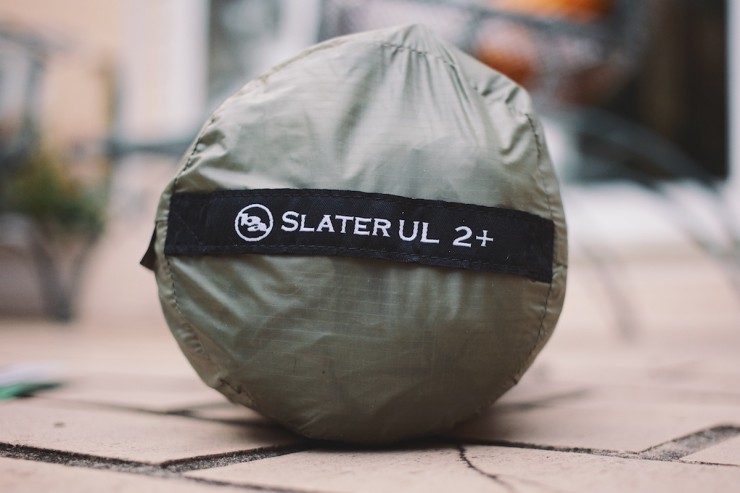
I will be taking it out this weekend and will learn how it works on a full-suspension bikepacking setup. I’ll also have the pleasure of seeing how it fares in sub-freezing temps. One plus for the Slater line is instead of having a large percentage of mesh on the main tent body, they use a very thin ripstop nylon, which adds a little more warmth, and makes it almost a 3+ season tent. At 5×18″, the Slater packs up tiny considering it has 37 square feet of interior space.
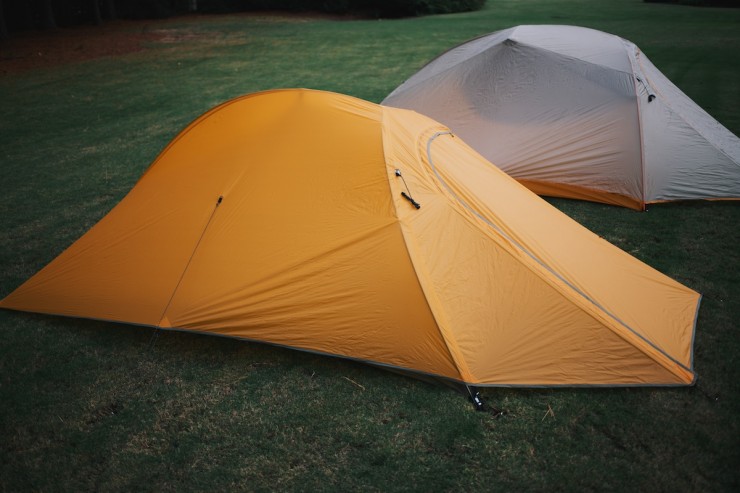
Another plus for the the Slater is that with ripstop nylon replacing mesh, although not thoroughly tested, it seems like it could be tougher in the long run.
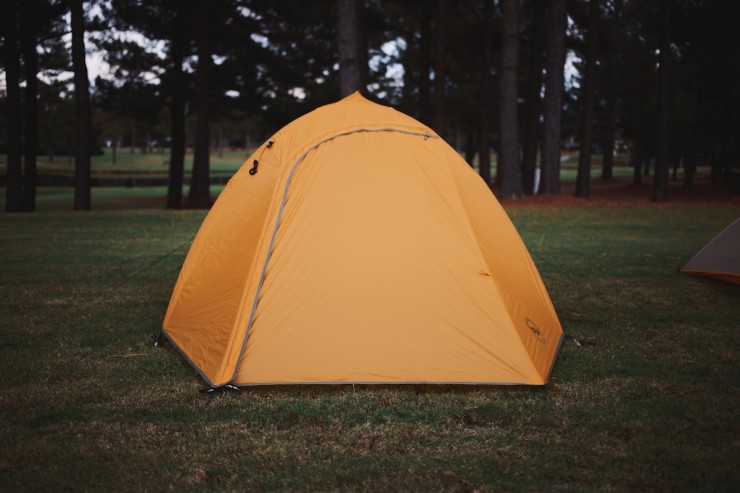
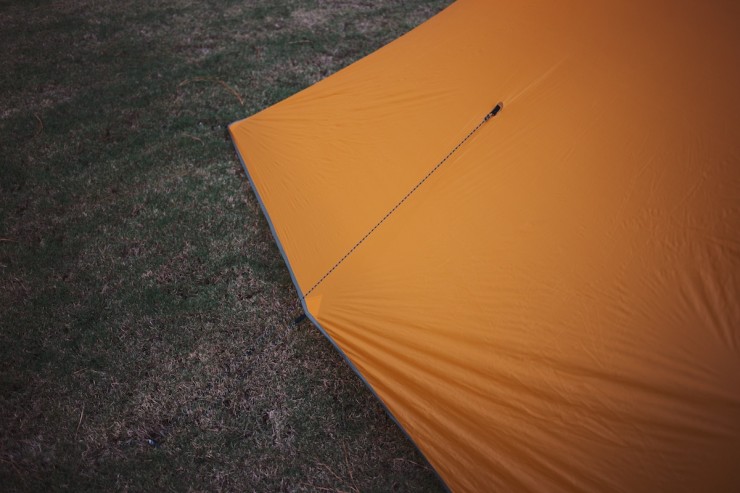
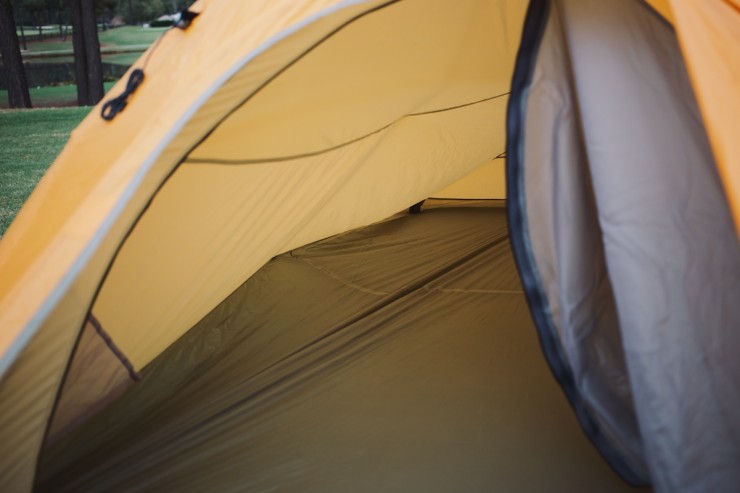

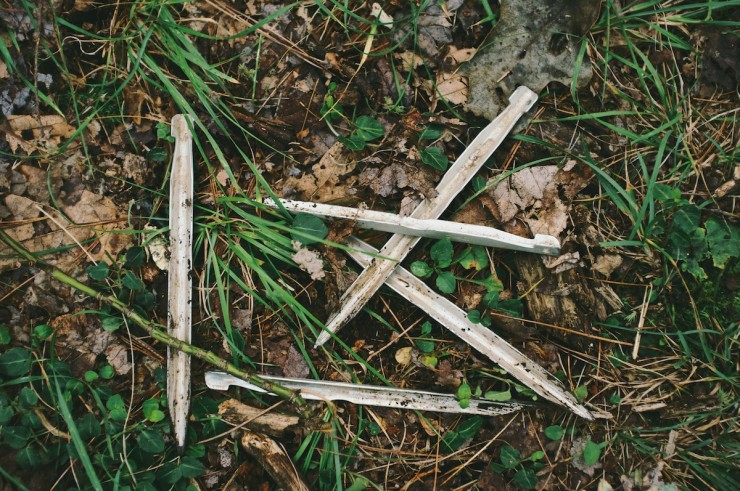
Two Ultralight Down Sleeping bags for Bikepacking or Bike Touring
These two down sleeping bags from Big Agnes pack fairly small and weigh in super light. I’ve spent a fair share of nights in each of these bags and have been impressed. For our trip to Africa in December, I’ll be packing the Pitchpine and Gin, who’s a little more cold-natured, will be using the Lost Lake.
Big Agnes Pitchpine UL 45
45 degree rating / 567 grams or 20 oz / 6″ x 15″ / 78″ model
I bought the Pitchpine for our Central America Tour and have used it in both ridiculously hot temps and below freezing. At 20oz/567 grams, this bag is a featherweight, and there are a few reasons why. One is the fact that there is no bottom-side insulation. You must depend on the R-factor of your sleeping pad. But that is not a bad thing. It actually made room for Big Agnes to add a generous 72.5″ girth to the shoulder area so you don’t feel like a mummy while you sleep. The sleeve on the bottom is designed to fit a 20″ wide sleeping pad so it doesn’t slide out from under the bag during the night. The other thing missing from the Pitchpine is a hood, typical of mummy style bags. It’s a warmer weather bag, so there is just no reason to have a hood.
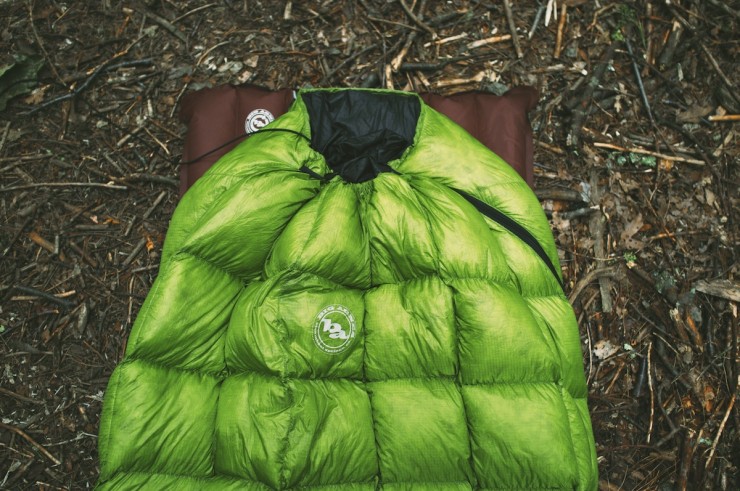
This bag comes in a 6×15″ stuff sack, but can easily be compressed into a 5L dry bag at about 5×12″, which is the perfect size for a fork-mount Anything cage.
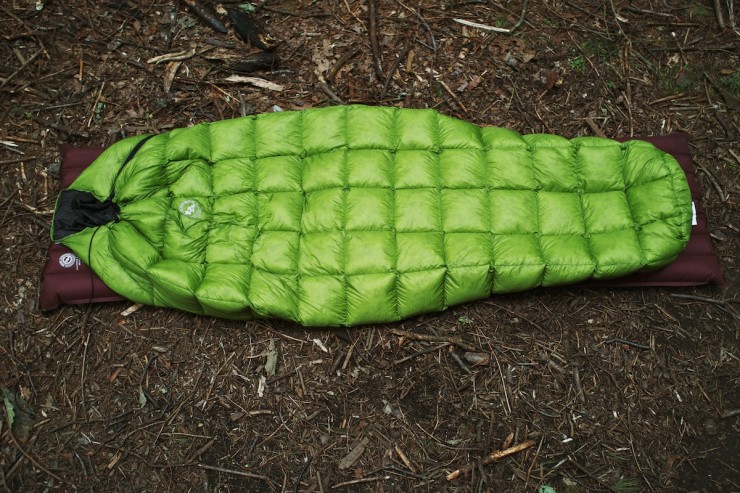
In temps ranging from 40-80 degrees, this bag is perfect. There were a few nights where it got rather sticky in the heat, as does any sleeping bag. And there have been a couple nights where it got below freezing and I was slightly chilled even wearing a wool under layer. Not an ideal bag for winter bikepacking, but perfect for a tour during the other three seasons in moderate climates.
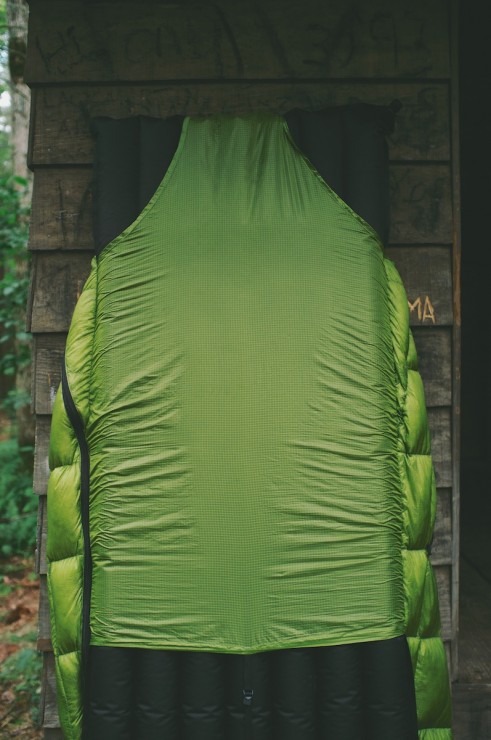

Big Agnes Lost Lake SL 30
30 degree rating / 850 grams or 30 oz / 6″ x 15″ / 72″ model
There are lighter bags in this category and price range. Barely. The 6′ model weighs about 30oz/850g. But, some old-school tricks and new school tech make up for the few extra grams. The Lost Lake SL has a full-length big #8 zipper, which you don’t see very often, but is nice when it’s warmer than anticipated. The Big Agnes proprietary DownTek™ purportedly keeps the moisture out of the stuffing during damp nights. I haven’t tested it in a wet environment, but if it acts as claimed, it’s a great feature. A wet bag is a heavy bag.
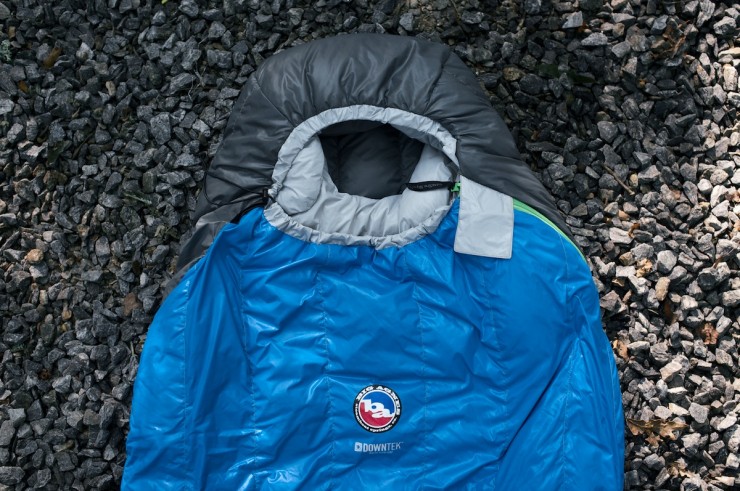
The sleeping bag is very well baffled and seems to maintain heat from head to toe. My wife, who is pretty cold natured when sleeping, kept very toasty and comfortable during a recent night in Vermont where it got close to freezing.
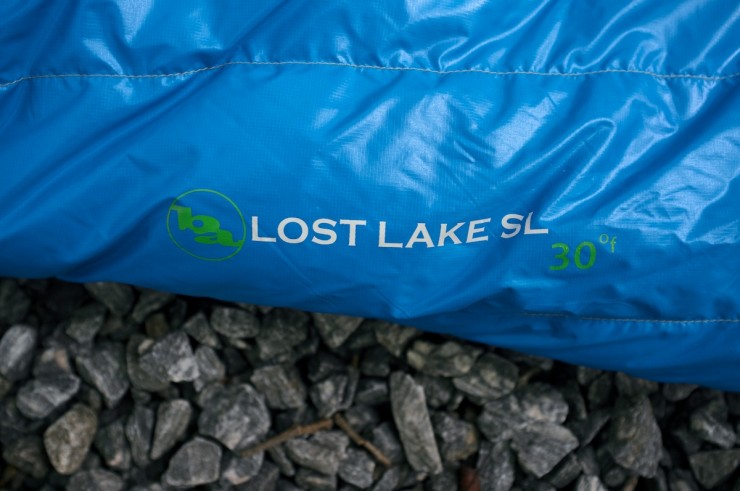
The bag comes in a stuff sack that’s 8×17.5″ and doesn’t quite compress into a 5L Sea To Summit River Bag, but still gets small enough to work on a fork-mount cage.
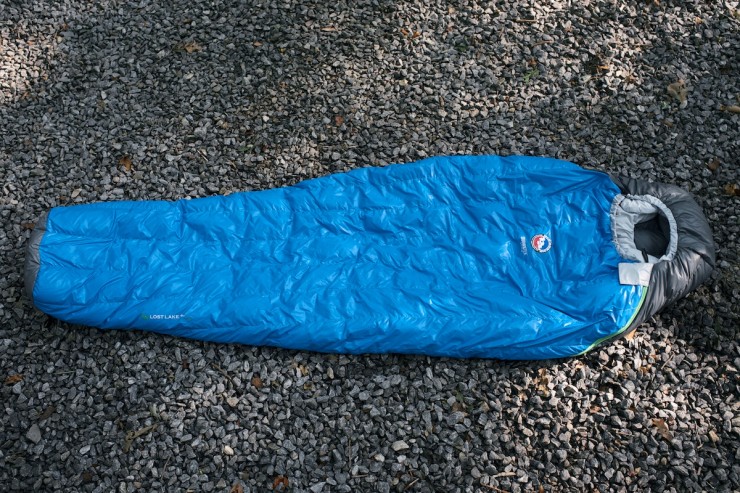
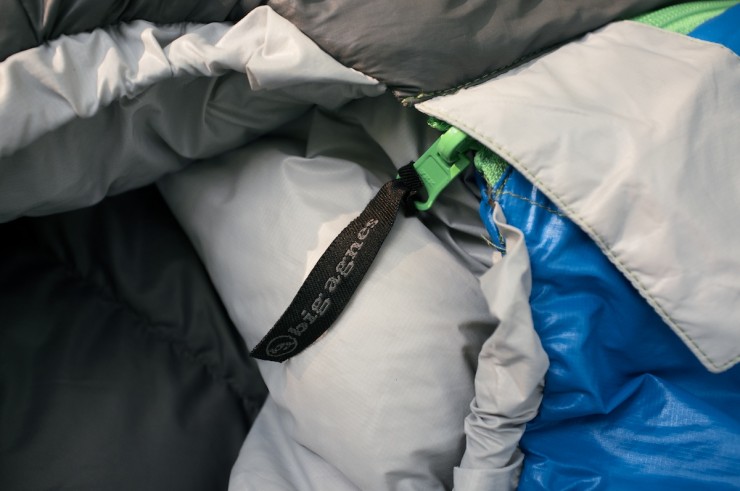
FILED IN (CATEGORIES & TAGS)
Bikepacking Gear
Camping Gear
big-agnes sleeping-gear-for-bike-touring bike-touring-gearPlease keep the conversation civil, constructive, and inclusive, or your comment will be removed.
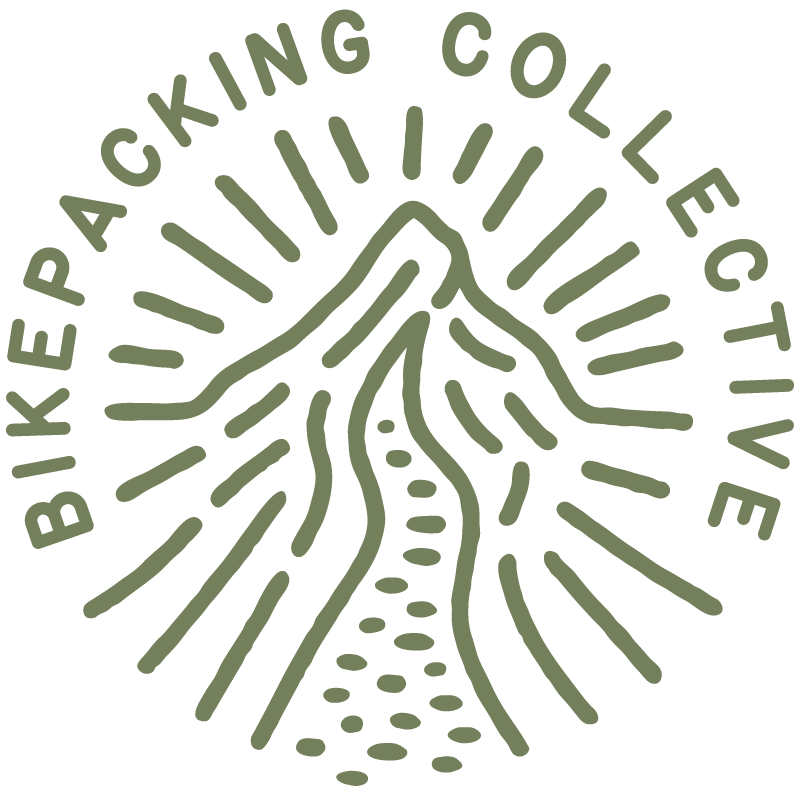
We're independent
and member-supported.
Join the Bikepacking Collective to make our work possible:







